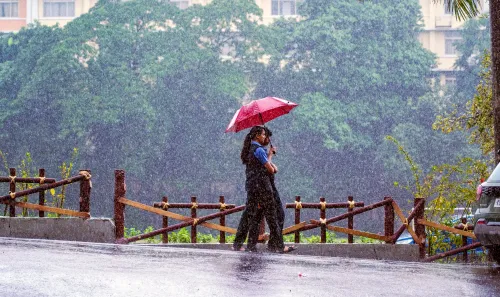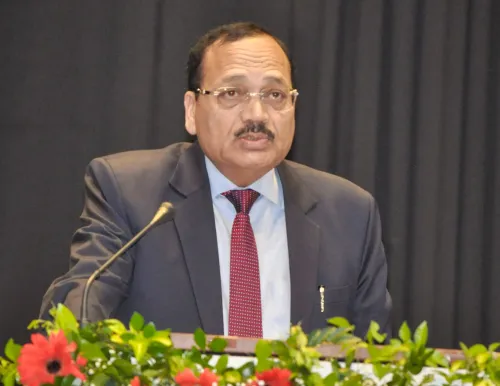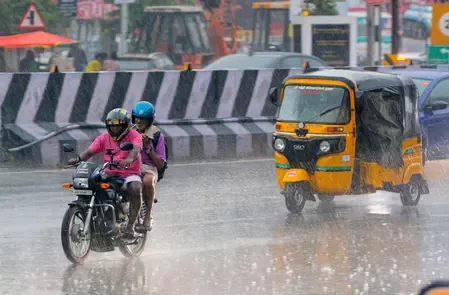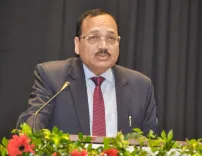How is the Centre Enhancing Financial Inclusion with Insurance and Health Schemes?
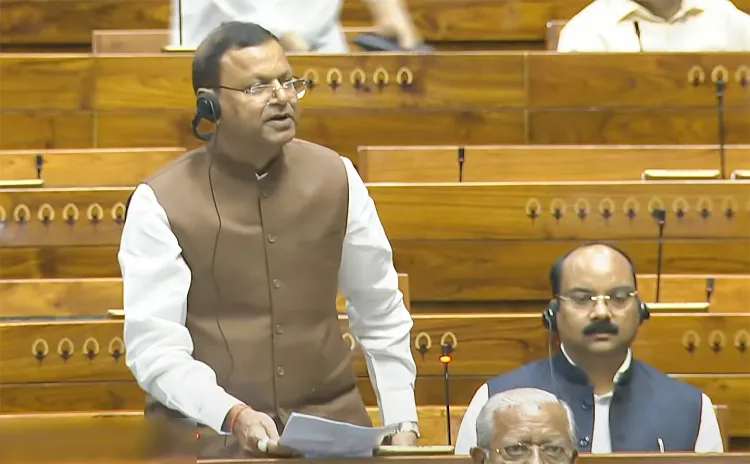
Synopsis
Key Takeaways
- Government initiatives prioritize financial inclusion for all.
- Flagship schemes cover marginalized groups including SC, ST, and OBC.
- Access to insurance is streamlined via the Jansuraksha portal.
- Increased FDI aims to strengthen the insurance sector.
- Banking correspondents play a key role in outreach.
New Delhi, Aug 18 (NationPress) The government is prioritizing financial inclusion by broadening its flagship insurance and health protection initiatives to encompass all demographics, including Scheduled Castes (SC), Scheduled Tribes (ST), and Other Backward Classes (OBCs), as disclosed in Parliament on Monday.
In this endeavor, the Financial Inclusion Saturation Campaign has successfully reached 2.7 lakh gram panchayats and urban local bodies (ULBs) to enhance participation in low-cost insurance programs, as stated by Minister of State for Finance, Pankaj Chaudhary, in a written response to the Lok Sabha.
To facilitate access, the government has introduced the Jansuraksha portal, which provides comprehensive details on the Pradhan Mantri Jeevan Jyoti Bima Yojana (PMJJBY) and the Pradhan Mantri Suraksha Bima Yojana (PMSBY).
The Finance Ministry emphasized that the Union Budget 2025 announced an increase in Foreign Direct Investment (FDI) in Indian insurance companies from 74% to 100%, a strategic move to bolster the sector.
Under these flagship initiatives, PMJJBY offers life insurance coverage of Rs 2 lakh for individuals aged 18–50 at an annual premium of Rs 436; PMSBY provides accidental insurance coverage of Rs 2 lakh for death or total permanent disability and Rs 1 lakh for partial permanent disability for those aged 18–70, at an annual cost of merely Rs 20; and the Pradhan Mantri Jan Arogya Yojana (PMJAY) grants health coverage of Rs 5 lakh per family annually for secondary and tertiary care hospitalization.
The Pradhan Mantri Fasal Bima Yojana (PMFBY) protects farmers against crop failures with subsidized premium rates of 2% for Kharif, 1.5% for Rabi, and 5% for commercial/horticultural crops.
To expand outreach, the government is leveraging a robust network of 16 lakh banking correspondents (BCs) to serve as the last-mile connect in delivering these services. Banks have also been assigned specific enrollment targets, with progress being monitored regularly, according to the minister.
These coordinated efforts aim to ensure that every eligible citizen, especially those from vulnerable communities, is included in the safety net of affordable social security, as highlighted by the minister.

